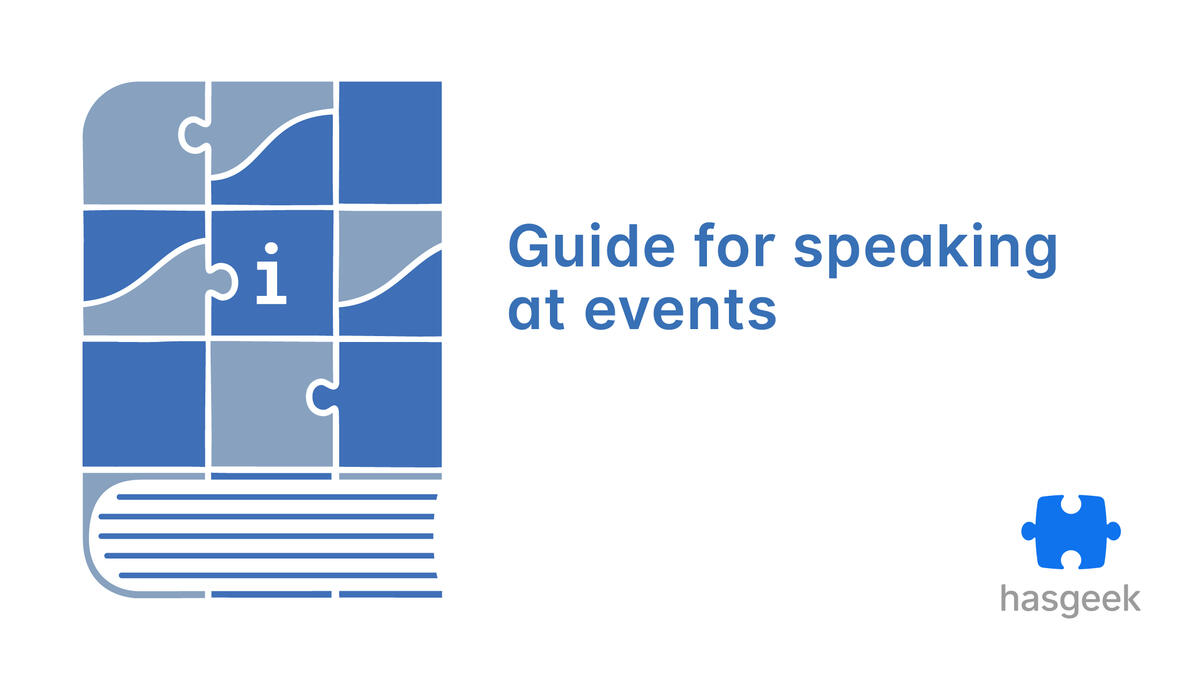
A guide to prepare for speaking at events
Create effective slides; speak and record your talk seamlessly
Submitted Jun 14, 2021
Your slides say more than you speak. At online events, slides are all the more important - as an anchor - to keep the audience glued to your talk. Else, you risk losing their attention and eventually, the audience itself.
The following pointers are important to include as you prepare slides:
Aspect ratio of your slides should be set at 16:9.
Do not have more than 3 bullet points per slide. Else, your slides will become very verbose and cluttered.
Make only one key point/argument in each slide. Do not introduce more than one idea in each slide.
Keep simple contrasts between colour of the text and the slide background. Stark contrasts - such as black background with bright yellow text - are avoidable.
Use a clean and presentable font.
Make sure the font size is large enough for your slides to be readable. Have your friends/colleagues check the font size - as viewers - for a double check.
Use images to explain or add to your point. Unnecessary images distract the viewer’s attention.
Add architecture diagrams if you are explaining architecture. Make sure that the diagrams are large enough to be visible on the screen. If required, do a GMeet or Zoom call with your colleague or friend and show them the diagram for feedback on visibility.
Similarly, code samples need to be large and visible.
Add a contact information slide at the end so that audiences know how to get in touch with you.
Nice to have: references, links to documentation, links to GitHub repos, so that viewers can reference these materials after the talk.
If you have a live demo as part of your presentation, be ready with the setup, test and assume things will fail. Alternatively, prepare a recording of the demo and add it as part of your slide deck.
Attribution is very important. When using an image, quote, etc, share the URL/source.
Do a Code of Conduct check with meetup/event organizers to ensure that no visual or verbal statement in your slides (unintentionally) violates the event’s Code of Conduct.
{{ gettext('Login to leave a comment') }}
{{ gettext('Post a comment…') }}{{ errorMsg }}
{{ gettext('No comments posted yet') }}